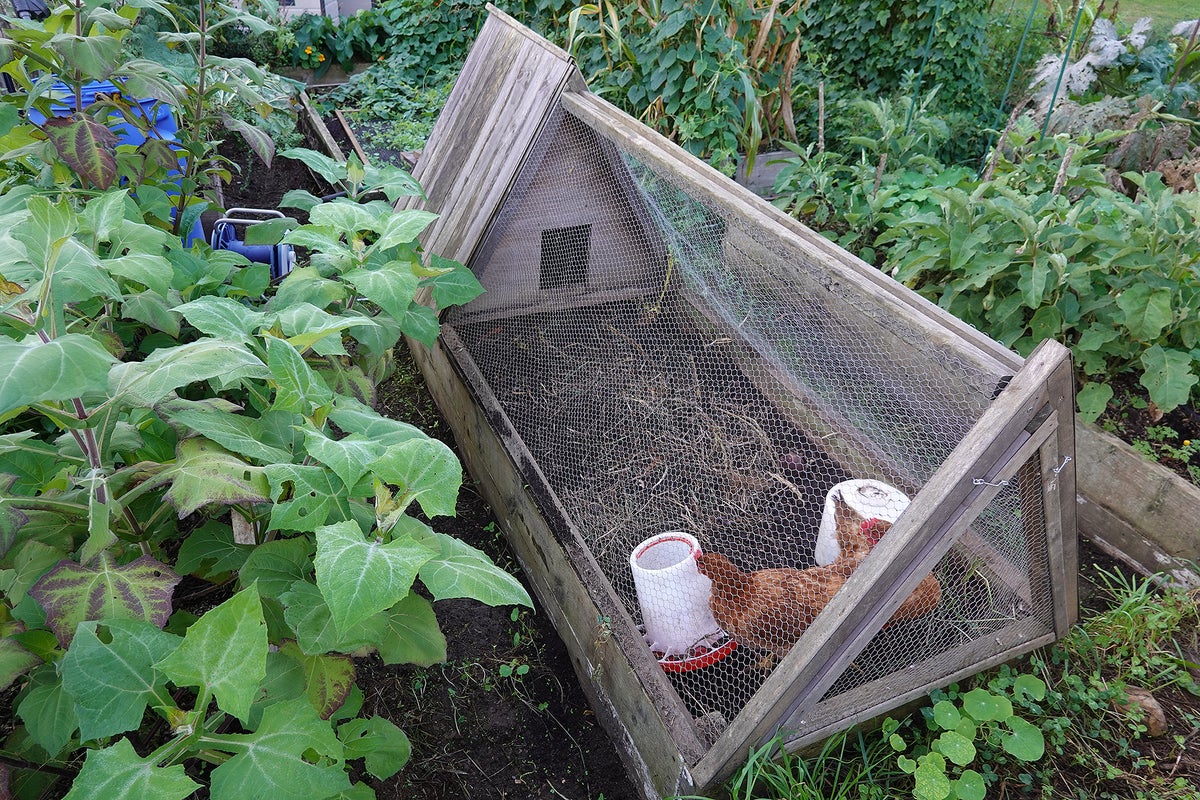How to Protect Pets and Backyard Chickens from Bird Flu

```html
Protecting Your Pets and Poultry from Avian Influenza
The Avian Flu Threat to Pets
The highly pathogenic H5N1 avian influenza strain currently circulating poses a significant threat, especially to cats. According to Jane Sykes, a veterinarian specializing in infectious diseases at the University of California, Davis, approximately two-thirds of infected cats succumb to the virus. While dogs can also contract the virus, they appear to be more resilient.
“If dogs were as susceptible as cats, we would have seen it by now,” Sykes observes.
Feeding pets raw food significantly increases their risk, as it may expose them to contaminated meat. Animals on dairy farms or those with access to unpasteurized milk are also at higher risk due to high viral loads found in raw milk from infected cows. Similarly, pets living on poultry farms or with backyard chickens face greater exposure.
Safeguarding Your Animal Companions
Keeping cats indoors drastically reduces their contact with wild birds and their droppings, both potential carriers of the virus. Feeding pets commercially produced, heat-processed food further minimizes risk. For those preparing homemade meals, ensure meat is cooked to a safe internal temperature of 165 degrees Fahrenheit (74 degrees Celsius) for poultry.
It's generally advisable to keep pets away from any deceased animals, not just birds. Rodents have also tested positive for H5N1, and while their role in transmission remains unconfirmed, it's a possibility, Sykes cautions.
These measures significantly decrease the likelihood of infection, particularly for vulnerable cats. While reported feline cases are relatively low, Sykes believes they likely represent "the tip of the iceberg."
Backyard Chickens and Avian Flu
Backyard chickens, like their commercially farmed counterparts, are susceptible to bird flu. According to Maurice Pitesky, an epidemiologist and veterinarian at the University of California, Davis, several factors influence the risk level. Ducks and waterfowl, major reservoirs for the virus, pose a threat to backyard flocks near ponds or wetlands, particularly if the chickens are free-range.
“Anytime you have potential for spatial overlap between waterfowl ... and domestic species, you have a risk,” Pitesky explains. “We do have situations where backyard chickens die.”
Chicken owners who hunt waterfowl should exercise caution, avoiding wearing hunting attire in the coop to prevent potential contamination. The CDC also recommends keeping game-cleaning tools separate from poultry and pet birds.
Identifying and Responding to Avian Flu in Animals
Chickens infected with highly pathogenic avian influenza often exhibit a cessation of egg-laying and rapid decline in health, typically leading to death. Pitesky advises testing any deceased birds at a state veterinary lab. A positive diagnosis necessitates culling the remaining flock.
Recognizing infection in cats and dogs proves more challenging, as bird flu symptoms often mimic other respiratory illnesses. The virus can also manifest neurological symptoms resembling rabies, highlighting the importance of up-to-date rabies vaccinations. Consult a veterinarian if your pet exhibits any concerning symptoms, mentioning potential H5N1 exposures.
Mitigating the Human Risk
While most confirmed human cases of poultry-transmitted bird flu in the U.S. originate from commercial farms, backyard flocks have also been linked to human hospitalizations. Adhering to safety precautions is crucial. "The chance of getting Salmonella from backyard-raised eggs is probably still higher right now," Pitesky notes.
The risk of contracting bird flu from pets remains relatively low, although the close proximity and viral shedding through bodily fluids, including saliva, pose a transmission risk, Sykes warns.
Practicing meticulous hand hygiene is essential. Wash hands thoroughly after contact with wild bird feeders, chickens, eggs, or after cleaning the coop. Pitesky recommends designated cleaning attire and shoes. The CDC advises using protective gear, such as N95 or surgical masks and goggles, when cleaning coops.
Enclosing animal pens and coops with fencing, including overhead coverage, can help deter wild birds and rodents. Furthermore, getting a flu shot can help prevent the mingling of seasonal influenza viruses with H5N1, potentially mitigating the emergence of new human-adapted strains.
"To me, this is the worst animal disease outbreak we've ever had," Pitesky states. "And we don't know how to control it at this point."